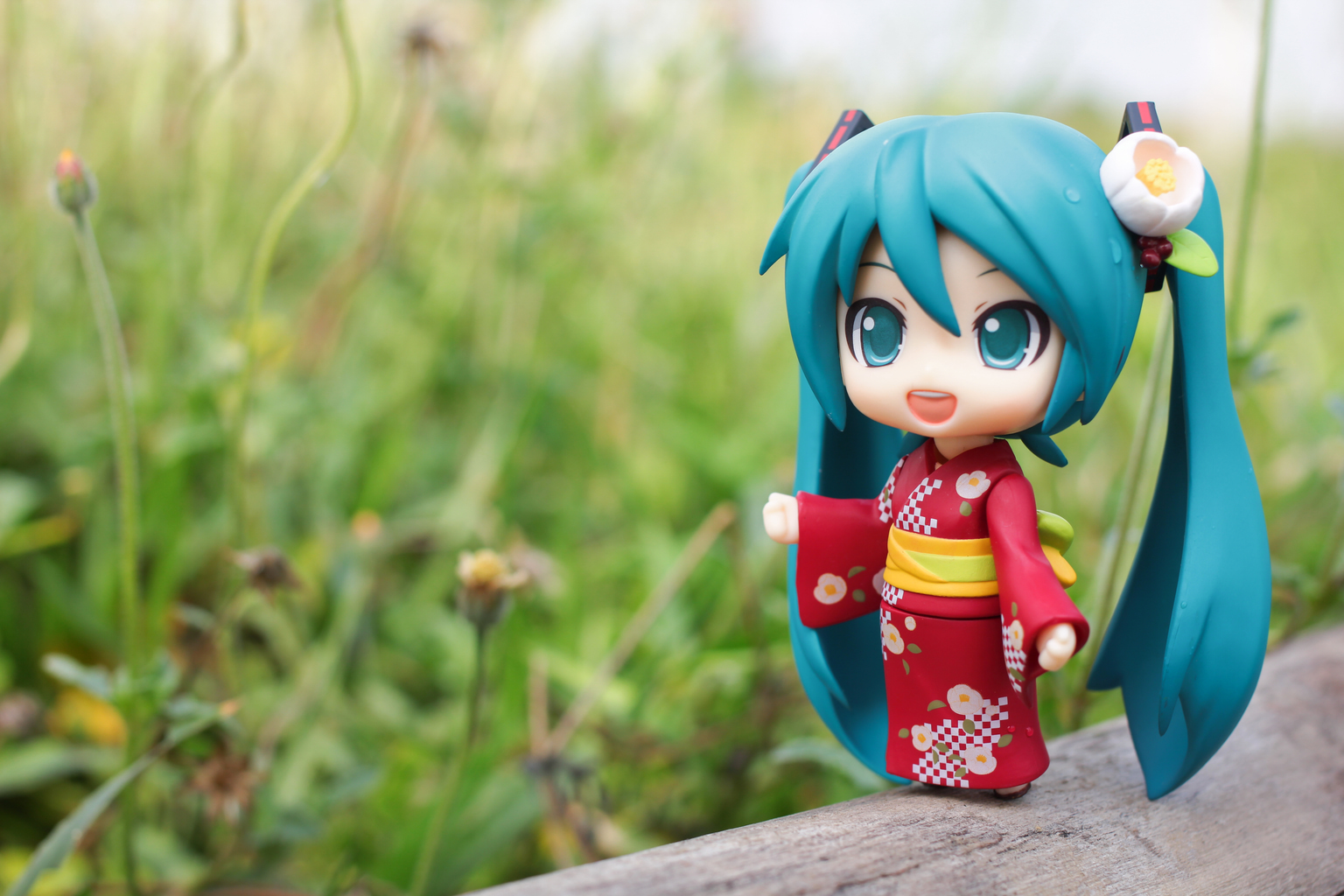Images of the many islands scattered around the Japanese archipelago bring to mind tropical escape. Images of sun-dappled resorts in Okinawa or snowy ski slopes up north in Hokkaido have long been common, offering refuge from the crush of the modern metropolis. The soundtrack to these mental vacations tends to be on the glitzier, upbeat side of things. Think the fusion of disco and funk labeled “city pop” enjoying its heyday in the late 1970s and early 1980s, which often served as theme tunes to airline TV ads meant to get people out to warmer climes. These places were destinations, functioning as venues for other people to go, with very little consideration about who was already there.
In reality though, Japan’s islands have long been home to some of the most exciting art and culture going, proving far more influential towards the country as a whole than simply being a place to refresh during a break. Today, some of the most interesting musical developments anywhere in Japan — from new takes on contemporary styles to efforts aimed at making traditional sounds in line with modern times — have emerged or are taking shape in the places requiring a plane or ferry ride from Honshu. Every region offers its own color, and that’s true of the music coming from Japan’s islands in 2022. To explore the songs and sounds emerging from the many floating corners of the country today is to discover a bigger picture of Japanese music at large, from what’s popular to how unique traditions are being recontextualized today.
Okinawa Takes the Lead on a Sea of Change
Since the start of the Heisei Era in 1989, the islands of Japan have transformed from cultural backwaters in the minds of many into the places where musical cool is born. The sound of J-pop today arguably evolved out of a part of Japan once completely overlooked: Okinawa. In the 1990s, a new wave of artists, led by pop titan Namie Amuro and groups such as Speed, rose to nationwide stardom via a new blend of Eurobeat, R&B and more that gave a new generation of listeners a style all their own.
That decade and the years after saw an expansion of where popular Japanese music could come from, making room for new experiences and vantage points. Besides Amuro, the 1990s featured breakthroughs from soul singer Misia (born and raised mostly on Tsushima, an island in Nagasaki Prefecture) and dramatic rock band Glay (hailing from the snowy city of Hakodate on the northern island of Hokkaido). Some groups would even incorporate more traditional sounds from their home into their pop hits, especially those from Okinawa. Bands such as Begin, Orange Range and Mongol800 have all spotlighted local instruments and sonic textures in their songs over the years.

The range of where hit artists come from has expanded as well. While not quite as cut off from the rest of Japan like Okinawa, the major island of Shikoku has produced some huge names in the 21st century, such as Shiho Ochi, vocalist of rock-pop project Superfly (hailing from Ehime) and Kenshi Yonezu, arguably the biggest name in J-pop today (from Tokushima, though he admittedly got out of there as soon as possible). Hokkaido is home to popular dance-rock hybrid band Sakanaction, and might also be able to boast being the home island of one of J-pop’s biggest ambassadors to the world — Hatsune Miku, an animated pop star created by Sapporo-based company Crypton Future Media, serving as the avatar for a software called Vocaloid.
Island homes have even become a way for pop groups — especially those of the peppy idol variety — to market themselves. Fujin Club, a project merging Shibuya-kei-style arrangements with breezy pop instrumentation, uses Sado Island near Niigata as a base, with all of their videos and songs celebrating their home. Then there’s STU48, a sister unit of J-pop idol behemoth AKB48. Based in the Seto Inland Sea area near Hiroshima, the group originally performed on a reformatted boat that would sail around the region, making port in various places for shows. Why settle for one island when you can rep for dozens at once?
Native Tongues
Japan’s islands, however, have their own unique and often complicated histories that contemporary artists are navigating. Take Hokkaido. The story of the region’s music mirrors the island itself — it all begins with the Ainu people.
The area’s indigenous population developed their own folk sound over the course of centuries, using their own unique instruments and musical rhythms to capture daily life in the cold north while also reciting epic stories that would be passed down from generation to generation. They gave Hokkaido its own musical vocabulary.
As the Ainu people were forced to blend in with greater Japanese culture in more recent centuries, Ainu music became more of a rarity, even on the islands where it was born. Yet in modern times, a new generation of indigenous artists have embraced their history while mixing in modern flourishes. Oki Kano, both by himself and with his Oki Dub Ainu Band, uses traditional Ainu sounds and instruments, but often pairs them with electric guitars and other 20th-century staples to reveal new angles on Ainu sound and show it isn’t history, but rather something still alive.
Okinawan artists go even further in celebrating their roots in modern Japan. Once an independent country annexed by Japan in the early 1600s that has since had to deal with the presence of Japan and the United States via military bases, creators from the southern chain of islands have long weaved in instruments like the sanshin and references to local culture, not to mention a distinct tonality in how singers deliver vocals. These acts have included rockers (Orange Range) and electronic units (Ryukyudisko).
That spirit carries on today with younger acts such as Okinawa Electric Girl Saya. Originally a member of an Okinawan idol group, she’s spun off to create noise music and harsher electronic songs, more Merzbow than Morning Musume. Yet she also sings in the Okinawan warble, and incorporates local instruments into her musical maelstrom too.
Perhaps the final frontier is spotlighting the actual language of Japanese islands. Plenty of artists and bands hail from islands, but don’t incorporate too many elements of their home into their work. Not so with acoustic duo Miz, consisting of Syukei Tamaoki and Seijyun Katou. The pair also perform in the rock band Mono No Aware (the name uses the Japanese word for a feeling of ephemera or impermanence) but launched their own project, united in part by both of them having grown up on Hachijojima, an island 287 kilometers from central Tokyo but still technically part of the capital.
It’s a place with a rich history all its own though, and even its own language, hachijo jogen. It has slowly vanished from everyday life, but Miz tries to keep it present via art, with several of the duo’s songs — including on 2022 album Sundance Ranch — being sung in the dialect. That’s a chance for the island’s past to intermingle with the present.
Miz’s songs sung in local dialects can reach more people than ever before thanks to the internet, which has broken down barriers and made it easier for those in once remote places to stay in touch — and influence — the world at large.
21st Century Exports
Once again, Okinawa leads the way. Today, the islands have fostered their own vibrant local music community, ranging from young producers dabbling in the Chicago-born style of juke to emerging dance-pop pranksters like Frankie Paris, cutting their teeth at new venues such as Little Rockers in Naha. Then there’s rap, a genre bolstered by the presence of American culture on the islands. A new generation of MCs have emerged in recent years, sharing their stories of life in the islands and dreams of making it big.
Many are doing that, showing just how important the islands remain. None have been bigger than Awich, an MC who has become a mainstream presence, appearing on popular music programs like Music Station and collabing with artists such as Radwimps. She has emerged as one of the voices of Japanese rap in the 21st century, and always takes time to shout her island home of Okinawa in her music, to the point of opening her latest album, this year’s Queendom, with a near-shouted reminder that “Okinawa is my home!”
She is one of the country’s brightest stars, and a reminder of how vibrant music from Japan’s islands shapes the musical landscape today. These places aren’t escapes from reality — they are active places where artists create some of the most important and culturally vital work in the nation.
For more Japan music, check out these articles:








